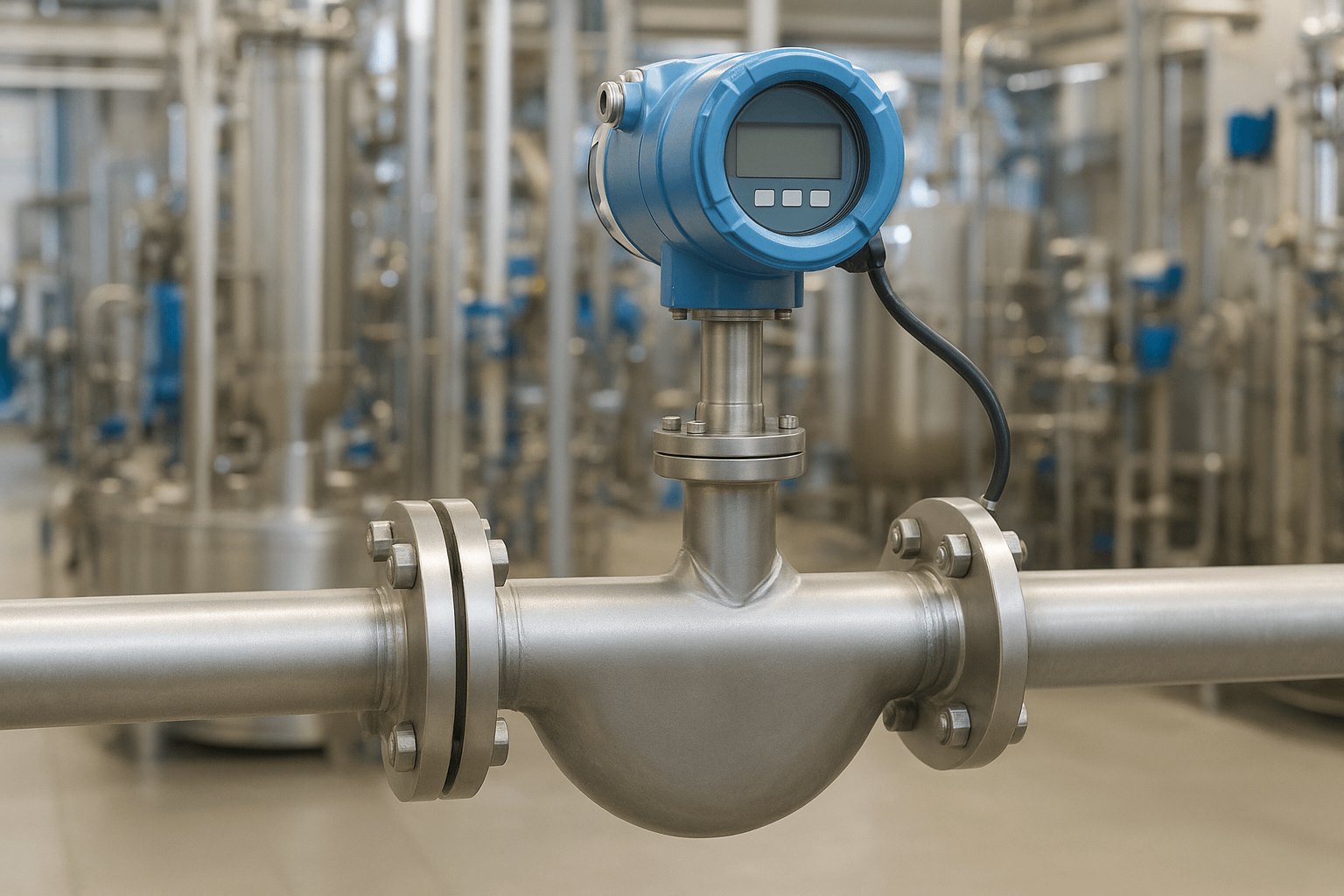Decoding the Quality of LED Lights: A Comprehensive Guide
In today's world, LED lights have become an integral part of our lives, illuminating our homes, offices, and streets. However, not all LEDs are created equal. The quality of an LED light can significantly impact its performance, energy efficiency, and lifespan. In this blog post, we will delve into the intricacies of determining the quality of LED lights, equipping you with the knowledge to make informed decisions when purchasing LED products.
- Luminous Efficacy:
One of the primary indicators of LED quality is its luminous efficacy, measured in lumens per watt (lm/W). Higher luminous efficacy signifies that the LED can produce more light output using less energy. When comparing LED lights, look for those with higher lm/W ratings, as they offer superior energy efficiency and cost savings in the long run. - Color Rendering Index (CRI):
The Color Rendering Index (CRI) measures how accurately an LED light reveals the true colors of objects compared to natural light. A higher CRI indicates better color accuracy. For applications where color accuracy is crucial, such as art galleries or retail stores, it is essential to choose LEDs with a CRI of 90 or above. However, for general lighting purposes, a CRI of 80 or higher is usually sufficient. - Color Temperature:
LED lights come in various color temperatures, ranging from warm white to cool white. The color temperature is measured in Kelvin (K) and affects the ambiance and mood of a space. For residential and hospitality settings, warmer color temperatures (2700K-3000K) create a cozy and inviting atmosphere. In contrast, cooler color temperatures (4000K-5000K) are suitable for task-oriented areas like offices or hospitals. Ensure the LED light's color temperature aligns with the intended use and desired ambiance. - Heat Dissipation:
Efficient heat dissipation is crucial for maintaining the longevity and performance of LED lights. High-quality LEDs incorporate advanced heat sink designs and materials to dissipate heat effectively, preventing premature failure and color shifting. Look for LED lights with robust thermal management systems to ensure optimal performance and extended lifespan. - Dimming Capability:
LED lights with dimming capabilities offer flexibility in controlling light levels and creating desired lighting effects. However, not all LEDs are compatible with dimmers. When purchasing LED lights, check for compatibility with leading-edge or trailing-edge dimmers, depending on the type of dimming technology used. Additionally, ensure the LED light's dimming range suits your specific requirements. - Certifications and Standards:
Reputable LED manufacturers adhere to industry standards and certifications, ensuring their products meet stringent quality and safety requirements. Look for LEDs certified by recognized organizations such as ENERGY STAR, UL, or DLC (DesignLights Consortium). These certifications guarantee that the LED lights have undergone rigorous testing and comply with industry benchmarks.
Conclusion:
Selecting high-quality LED lights is essential to maximize energy efficiency, longevity, and overall lighting performance. By considering factors such as luminous efficacy, color rendering index, color temperature, heat dissipation, dimming capability, and certifications, you can confidently make informed decisions when purchasing LED lights. Remember, investing in quality LEDs not only enhances your lighting experience but also contributes to a sustainable and energy-efficient future.




